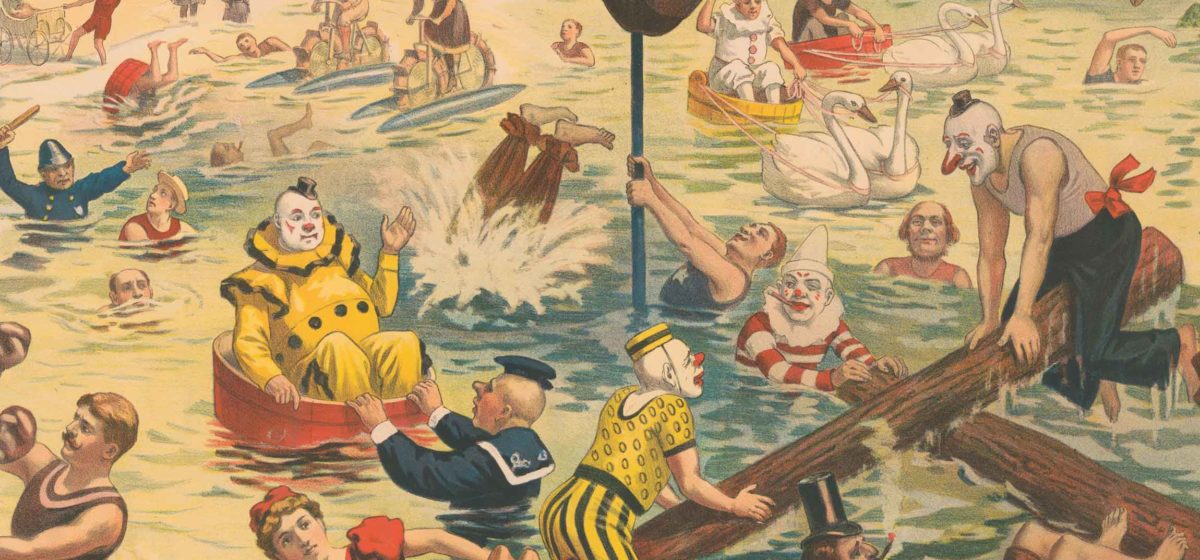
Send in the brands
Entertainment is not the first line item a business expects to spend their marketing budget on, yet fame and fluency are necessary for sustainable and effective brand growth. One of the most widely used forms of entertainment in advertising is by employing a character or mascot. I imagine many of you reading this can name three children’s cereal brand mascots from memory, that energetic (and recently swole) feline, the mischievous rabbit and a rainbow-bright bird.
Nowadays, the benefit buffet or purpose parade that permeates advertising doesn’t have the same stickiness as a living, breathing character. TikTok influencers have made fortunes off personality, yet we expect customers to be more interested in the corporate PowerPoints of an organization. I’m not suggesting your shift your budget all into the spinning sign mascot on Main street, but building a device that can cement your company in our minds through mass exposure.
The hesitancy around characters can be understandable. Characters should convey emotion and personality, which can be scary for those who think a more rational approach will attract customers (it won’t long-term). They also require commitment, something that can be hard to find in our industry. The cool kids (read millennial creatives) may think they’re cheesy, but singing peddlers were some of the original advertisers, and in my experience, there are far worse things to be seen in the eyes of the masses than cheesy, like dull.
Recently, this 2007 Starburst commercial for a short-lived flavour variety, Berries and Cream, exploded on TikTok. Fourteen years ago, a character was used once to earworm their way into the public, then never heard from again.
But now, Jack Ferver has become a renewed celebrity on their own, racking up 2 million followers since their first post in early September. Starburst, for their part, is trying to have people sign up for a contest to win a costume, but the clothes doth not make the character. I am happy to see the brand embrace this, but at this point, it feels like they’re playing catch up rather than responding to and managing the fame this work had created.
If you’re questioning whether every category can benefit from a character or mascot, I’d ask why not? Financial institutions, car insurance, and rubber tires have all used them to great success. Creating an icon for your organization that can grow and adapt as the popular culture grows and adapts is a great way to remain relevant.
But just like us, they need time to develop, build fans and entertain.

